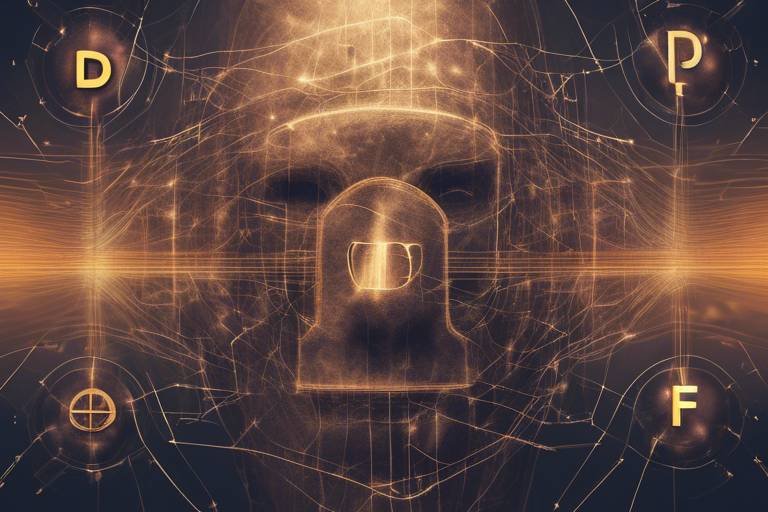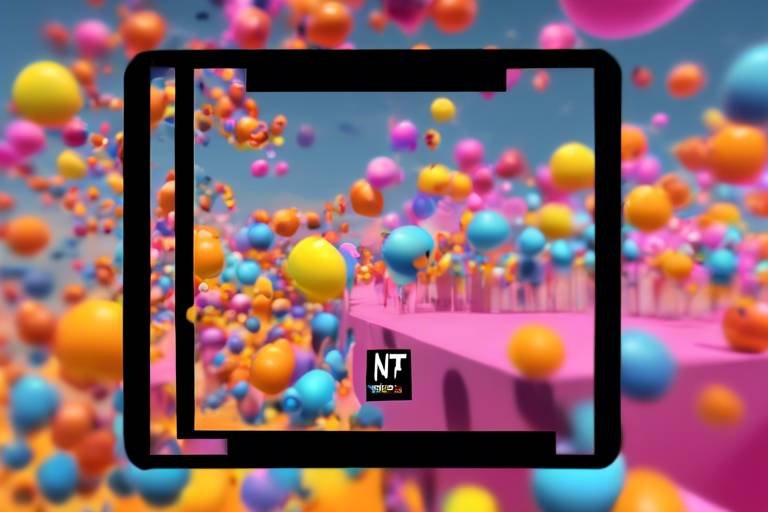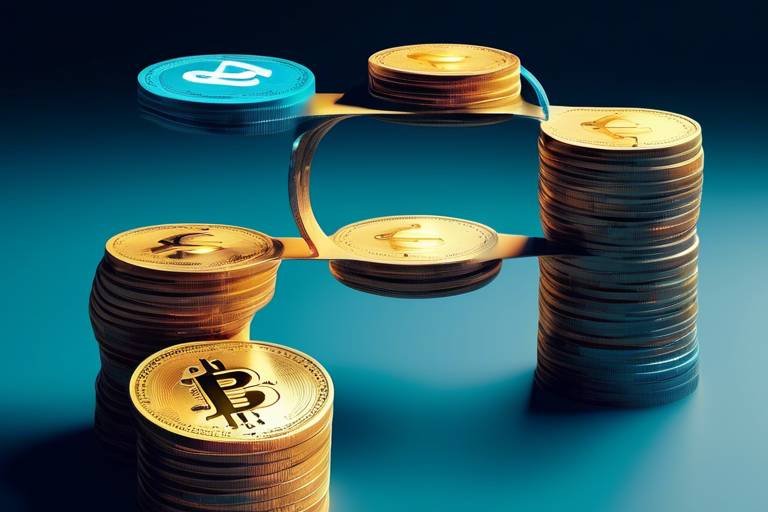Litecoin - The Silver to Bitcoin's Gold
In the vast and often chaotic universe of cryptocurrencies, Litecoin shines as a beacon of reliability and efficiency, often dubbed the silver to Bitcoin's gold. Created by Charlie Lee in 2011, Litecoin was designed to address some of the limitations of Bitcoin while maintaining the core principles of decentralization and peer-to-peer transactions. With its faster transaction times and lower fees, Litecoin stands out as a practical alternative for users who seek a more efficient digital currency experience. But what exactly makes Litecoin tick, and how does it compare to its more famous counterpart, Bitcoin? Let’s dive deeper into the world of Litecoin and uncover its unique features, advantages, and future potential.
Litecoin is a peer-to-peer cryptocurrency that was created to improve upon the foundational ideas laid out by Bitcoin. By utilizing a different hashing algorithm known as Scrypt, Litecoin offers faster transaction confirmations and a more accessible mining process. This makes it appealing to a broader audience, including those who might find Bitcoin's mining process cumbersome. The cryptocurrency operates on a decentralized network, which means that it is not controlled by any single entity, ensuring a level of transparency and security that is vital in today's digital age.
What sets Litecoin apart from Bitcoin? Here are some of its key features:
- Faster Block Generation Times: Litecoin generates a new block every 2.5 minutes, compared to Bitcoin's 10 minutes. This means transactions can be confirmed more quickly.
- Capped Supply: Like Bitcoin, Litecoin has a capped supply of 84 million coins, which helps maintain scarcity and value over time.
- Diverse Mining Algorithm: The Scrypt algorithm used by Litecoin is designed to be memory-intensive, making it less susceptible to ASIC mining and promoting a more decentralized mining community.
When it comes to transaction speed, Litecoin truly shines. With its average confirmation time of just 2.5 minutes, it significantly outpaces Bitcoin, making it an attractive option for users who need quick transactions. Additionally, the fees associated with Litecoin transactions are generally lower, which is a big plus for merchants and everyday users alike. Imagine trying to buy a coffee with Bitcoin and waiting for what feels like an eternity for your transaction to be confirmed. With Litecoin, you can sip your latte while your payment zips through the network!
The combination of quick transaction times and low fees greatly enhances the user experience. For merchants, this means they can process transactions faster and at a lower cost, which can lead to increased sales and customer satisfaction. For everyday users, it opens up new possibilities for using cryptocurrency in daily transactions. As more people discover the benefits of using Litecoin, its adoption is likely to grow, further solidifying its place in the cryptocurrency ecosystem.
While Bitcoin may hold the title of the first and most well-known cryptocurrency, it has its drawbacks. Transactions can take longer and incur higher fees, especially during peak times. This inefficiency positions Litecoin as a viable alternative, particularly for smaller transactions or those requiring faster confirmations. Think of it this way: if Bitcoin is like a luxury car—stunning but sometimes slow in traffic—Litecoin is like a speedy sports car that gets you where you need to go without the hassle.
The mining process for Litecoin is another aspect where it diverges from Bitcoin. By using the Scrypt algorithm, Litecoin mining is designed to be more accessible to everyday users. This memory-intensive approach means that it is less dominated by ASIC miners, which can centralize the mining process. As a result, Litecoin fosters a more decentralized mining community, allowing more individuals to participate and contribute to the network's security and integrity.
Despite being overshadowed by Bitcoin, Litecoin has carved out a strong niche in the cryptocurrency market. Its adoption by various platforms and merchants highlights its role as a complementary digital currency. Many businesses have started accepting Litecoin as a payment method, recognizing its potential for faster and cheaper transactions. This growing acceptance is crucial for Litecoin's future, as it positions the currency as a practical alternative to Bitcoin in the broader cryptocurrency landscape.
Litecoin has strategically formed partnerships with payment processors and exchanges, which facilitates its integration into various financial services. These collaborations enhance its usability and encourage wider adoption among users and businesses. For instance, partnerships with companies like Coinbase and BitPay have allowed Litecoin to become a go-to option for merchants looking to accept cryptocurrency payments. Such integrations not only increase Litecoin's visibility but also solidify its standing as a reliable digital currency.
As the cryptocurrency market continues to evolve, Litecoin's unique features and established presence suggest a promising future. Its adaptability to changing market conditions, coupled with a strong community of supporters, could secure its position as a leading alternative to Bitcoin. With ongoing developments and enhancements, Litecoin may very well become the go-to choice for users seeking a fast, efficient, and cost-effective digital currency.
- What is Litecoin? Litecoin is a peer-to-peer cryptocurrency that offers faster transaction times and lower fees compared to Bitcoin.
- Who created Litecoin? Litecoin was created by Charlie Lee in 2011.
- How does Litecoin differ from Bitcoin? Litecoin has faster block generation times, lower fees, and uses the Scrypt mining algorithm, making it less susceptible to ASIC mining.
- Is Litecoin a good investment? As with all cryptocurrencies, investing in Litecoin comes with risks. However, its established presence and unique features may provide potential for growth.
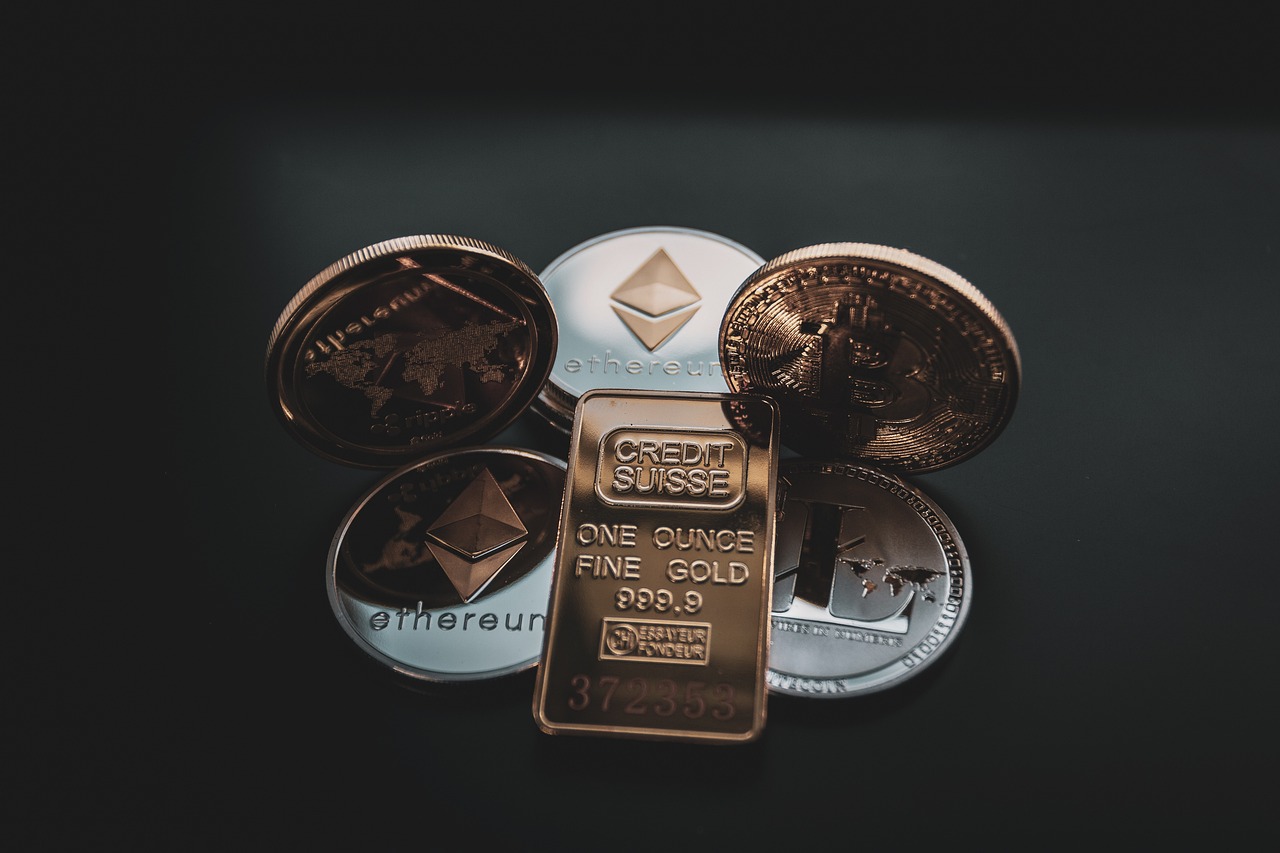
Understanding Litecoin
Litecoin is often referred to as the silver to Bitcoin's gold, and for good reason. Created by Charlie Lee in 2011, Litecoin was designed to provide an alternative to Bitcoin with some distinct advantages. At its core, Litecoin is a peer-to-peer cryptocurrency that allows users to send and receive payments directly without the need for intermediaries. This decentralization is one of the key features that makes cryptocurrencies appealing in the first place.
One of the standout features of Litecoin is its faster transaction times. While Bitcoin transactions can take an average of 10 minutes to confirm, Litecoin transactions are typically confirmed in about 2.5 minutes. This speed is largely due to Litecoin's block generation time, which is set at 2.5 minutes compared to Bitcoin's 10 minutes. This means that when you make a transaction with Litecoin, you can expect it to be processed much more quickly, making it an attractive option for users who need efficiency.
Moreover, Litecoin employs a different hashing algorithm known as Scrypt, which is designed to be more memory-intensive. This characteristic not only enhances security but also makes the network less susceptible to ASIC mining dominance. As a result, Litecoin supports a more decentralized mining community, allowing more individuals to participate in the mining process. This decentralization is crucial for maintaining the integrity and security of the network.
Litecoin also has a capped supply of 84 million coins, which is four times the supply of Bitcoin. This limited supply creates a sense of scarcity, much like precious metals, and can contribute to its value over time. Just like how gold and silver are viewed as valuable assets, Litecoin's capped supply positions it as a digital asset worth considering for long-term investment.
In summary, Litecoin is not just a mere imitation of Bitcoin; it is a well-thought-out cryptocurrency that addresses some of the limitations of its predecessor. With its faster transaction speeds, lower fees, and a unique mining algorithm, Litecoin has carved out a niche for itself in the crowded cryptocurrency market. As more people become aware of its benefits, the potential for adoption and growth continues to expand.
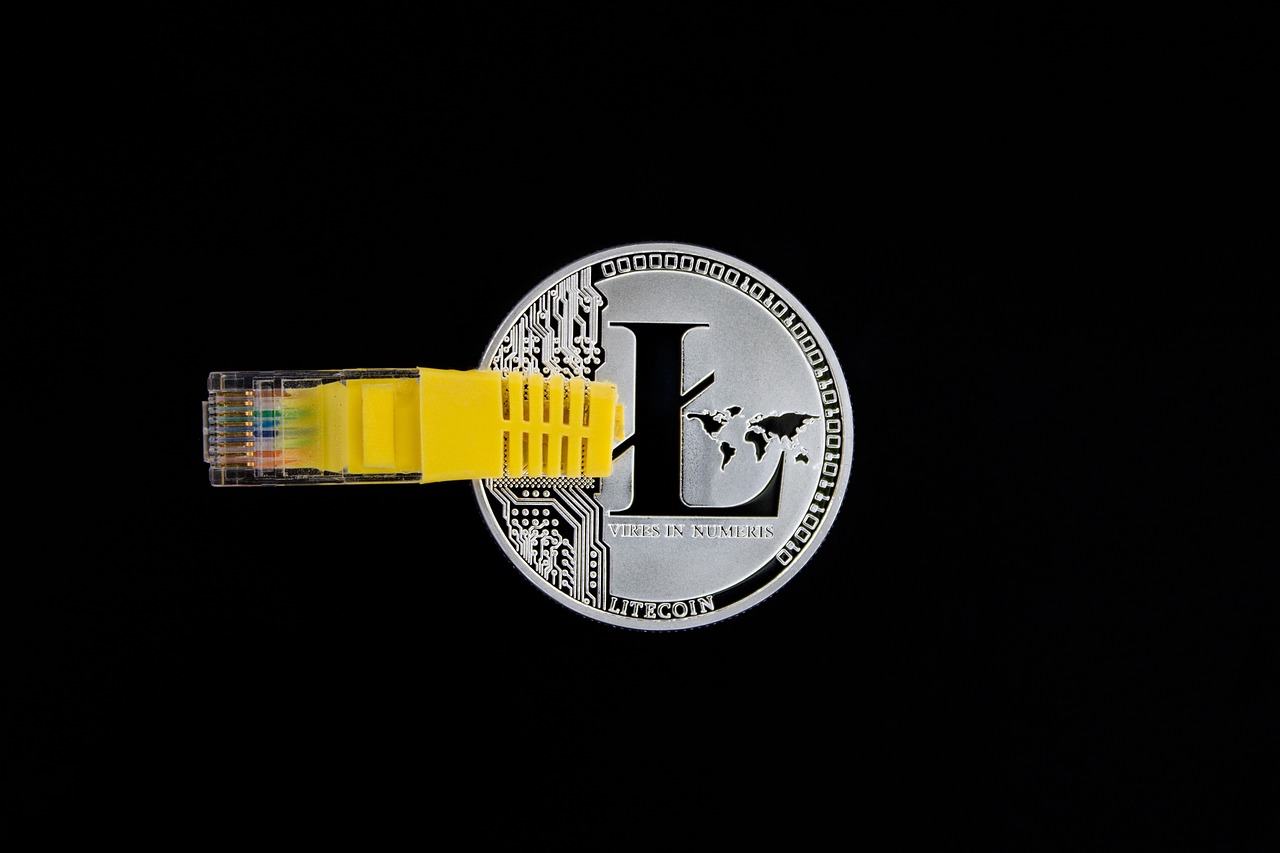
Key Features of Litecoin
Litecoin, often dubbed the "silver to Bitcoin's gold," is packed with features that make it stand out in the crowded cryptocurrency space. One of its most notable characteristics is its faster block generation time. While Bitcoin takes about 10 minutes to confirm a transaction, Litecoin does it in just 2.5 minutes. This speed is crucial for users who want quick confirmations, especially in an era where every second counts. Imagine trying to buy a coffee with Bitcoin and waiting for what feels like an eternity, only to find out that the price has changed by the time your transaction is confirmed!
Another key feature of Litecoin is its capped supply. Just like Bitcoin, Litecoin has a maximum supply limit, set at 84 million coins. This scarcity can create value over time, as more users enter the market and demand increases. It's like having a limited edition collectible; the fewer there are, the more valuable they can become. This capped supply not only adds to its appeal but also positions Litecoin as a deflationary asset, which is attractive to investors looking for long-term growth.
The mining algorithm used by Litecoin is yet another feature that sets it apart. Litecoin employs the Scrypt algorithm, which is designed to be memory-intensive. This makes it less susceptible to ASIC (Application-Specific Integrated Circuit) mining, which has dominated Bitcoin mining. By using Scrypt, Litecoin promotes a more decentralized mining community, allowing everyday users with standard hardware to participate in the mining process. This decentralization is critical for maintaining the integrity and security of the network.
Additionally, Litecoin's transaction fees are significantly lower compared to Bitcoin. This can make a substantial difference for users who want to send smaller amounts. For instance, while Bitcoin transaction fees can soar during peak times, Litecoin transactions often remain affordable, making it a practical choice for microtransactions. Imagine trying to send a few dollars to a friend; would you want to pay a hefty fee, or would you prefer to keep most of that money in your pocket? Litecoin’s low fees can be a game changer in such scenarios.
In summary, Litecoin's unique features—faster transaction times, capped supply, Scrypt mining algorithm, and lower fees—combine to create a cryptocurrency that is not only efficient but also user-friendly. These characteristics make it a strong contender in the cryptocurrency market, appealing to both casual users and serious investors alike.

Transaction Speed and Fees
When it comes to cryptocurrencies, transaction speed and fees can make or break the user experience. Litecoin shines brightly in this department, offering remarkable advantages that set it apart from its more famous counterpart, Bitcoin. On average, Litecoin transactions are confirmed in just 2.5 minutes, a significant improvement over Bitcoin's average of around 10 minutes. This speed is not just a number; it translates to real-world benefits for users who want their transactions processed quickly, especially in fast-paced markets.
But what about the costs? Well, Litecoin also takes the crown when it comes to transaction fees. With fees often hovering around $0.01 per transaction, it becomes an attractive option for both users and merchants. In contrast, Bitcoin fees can fluctuate wildly, sometimes reaching upwards of $10 during peak trading times. This disparity makes Litecoin a more appealing choice for smaller transactions or everyday purchases.
To illustrate this further, let’s take a look at a quick comparison of transaction times and fees between Litecoin and Bitcoin:
| Cryptocurrency | Average Transaction Time | Average Transaction Fee |
|---|---|---|
| Litecoin | 2.5 minutes | $0.01 |
| Bitcoin | 10 minutes | $10+ |
This table clearly demonstrates that Litecoin not only offers faster transaction speeds but also significantly lower fees, making it an ideal choice for users who prioritize efficiency and cost-effectiveness. Imagine you’re at a coffee shop, and you want to pay for your latte. Wouldn’t you prefer to have your payment confirmed in just a couple of minutes rather than waiting for what feels like an eternity? This ease of use is one of the key factors driving Litecoin's adoption among users and merchants alike.
Moreover, the enhanced user experience that comes with these advantages encourages more people to adopt Litecoin for everyday transactions and online purchases. As more businesses recognize the benefits of accepting Litecoin, we can expect to see an increase in its utility in the market. The combination of speed and low fees creates a ripple effect, fostering greater trust and reliance on Litecoin as a viable alternative to Bitcoin.
In conclusion, when it comes to transaction speed and fees, Litecoin stands as a formidable contender in the cryptocurrency arena. Its ability to facilitate quick, cost-effective transactions positions it as a go-to option for users seeking efficiency without compromising on reliability. As the cryptocurrency landscape continues to evolve, Litecoin's appeal is likely to grow, further solidifying its role as the silver to Bitcoin's gold.
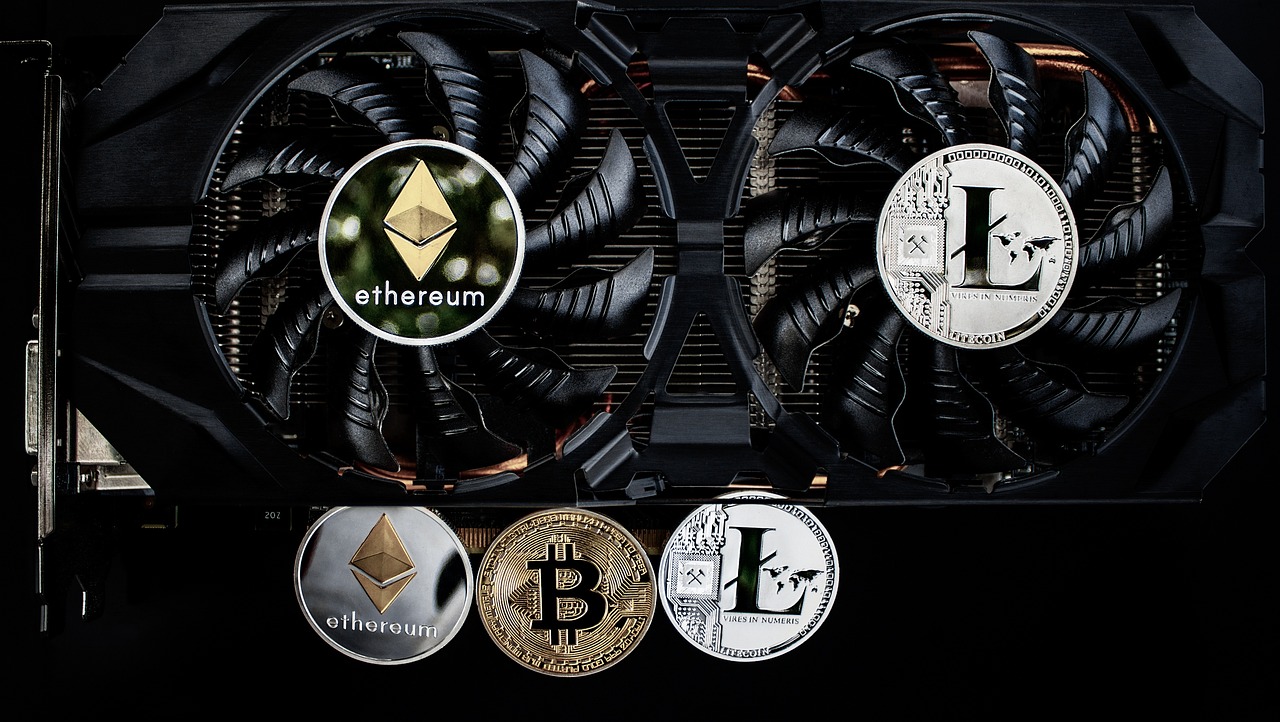
Impact on User Experience
The impact of Litecoin on user experience is significant and multifaceted. Imagine you're at a bustling café, ready to pay for your coffee. You whip out your phone to make a payment using Bitcoin, but you find yourself waiting for what seems like an eternity for the transaction to confirm. Frustrating, right? Now, picture the same scenario, but this time, you're using Litecoin. Within just 2.5 minutes, your payment is confirmed, and you're on your way, sipping that delicious brew. This is the kind of experience that makes Litecoin a favorite among users.
One of the primary advantages of Litecoin is its lightning-fast transaction speeds. Users can send and receive funds almost instantly, which is a game-changer in a world where time is money. This efficiency is particularly appealing for merchants who want to provide a seamless checkout experience. Lower transaction fees also play a crucial role in enhancing user satisfaction. For those making smaller transactions, the difference in fees can be substantial, making Litecoin a more economical choice.
Moreover, the user interface of platforms supporting Litecoin is often designed to be intuitive and user-friendly. This accessibility encourages even those who are new to cryptocurrency to engage with it confidently. With the rise of mobile wallets and payment apps, Litecoin's quick confirmation times and low fees make it an attractive option for everyday purchases, from groceries to online shopping.
As more merchants begin to accept Litecoin, the overall utility of the currency increases. Users are more likely to adopt a cryptocurrency that they can use in their daily lives, and this creates a positive feedback loop. The more people use Litecoin, the more merchants will want to accept it, further enhancing its viability as a payment method.
In summary, the impact of Litecoin on user experience is profound. Its speed, affordability, and ease of use make it not just a viable alternative to Bitcoin, but a preferred option for many. As the cryptocurrency landscape continues to evolve, Litecoin's commitment to improving user experience will likely keep it relevant and widely adopted.
- What is Litecoin? Litecoin is a peer-to-peer cryptocurrency created in 2011 by Charlie Lee, designed for faster transactions and lower fees compared to Bitcoin.
- How fast are Litecoin transactions? Litecoin transactions are typically confirmed within 2.5 minutes, making them significantly faster than Bitcoin transactions.
- Why choose Litecoin over Bitcoin? Litecoin offers quicker transaction speeds and lower fees, making it an attractive option for smaller transactions and everyday use.
- What algorithm does Litecoin use for mining? Litecoin uses the Scrypt algorithm, which is designed to be less susceptible to ASIC mining, promoting a more decentralized mining community.
- Is Litecoin widely accepted? Yes, Litecoin has been adopted by various merchants and payment processors, enhancing its usability in the cryptocurrency market.
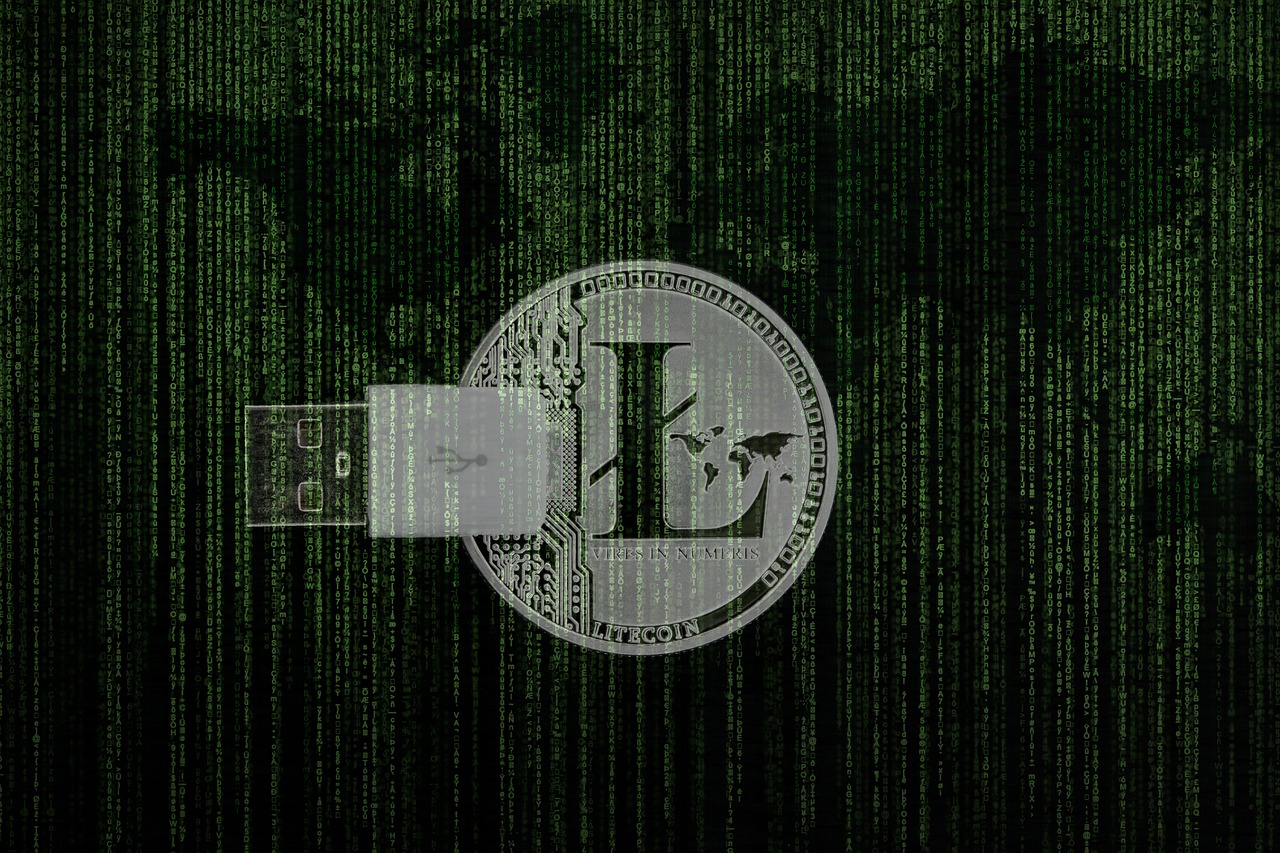
Comparison with Bitcoin
When it comes to comparing Litecoin and Bitcoin, it's like comparing a sports car to a classic muscle car. Both are impressive in their own right, but they serve different purposes and appeal to different audiences. While Bitcoin is often hailed as the digital gold, Litecoin is frequently referred to as the silver of the cryptocurrency world. This analogy isn't just a catchy phrase; it highlights the fundamental differences that make each cryptocurrency unique.
One of the most significant differences between Litecoin and Bitcoin lies in their transaction speed. Bitcoin transactions can take anywhere from 10 minutes to over an hour to confirm, especially during peak network congestion. In contrast, Litecoin transactions are typically confirmed in just 2.5 minutes. This rapid processing time makes Litecoin a more appealing choice for users who need quick transactions, like those buying coffee or making small online purchases.
Another area where these two cryptocurrencies diverge is in their transaction fees. Bitcoin's fees can fluctuate dramatically based on network demand, often reaching several dollars per transaction during busy times. Litecoin, on the other hand, offers much lower fees, often just a fraction of a cent. This cost-effectiveness makes Litecoin particularly attractive for smaller transactions, where high fees could deter users.
In terms of block generation, Litecoin has a faster block time of 2.5 minutes compared to Bitcoin's 10 minutes. This means that Litecoin can process transactions more quickly, leading to a smoother user experience. Additionally, Litecoin utilizes a different hashing algorithm called Scrypt, which is designed to be more memory-intensive and less susceptible to ASIC mining. This difference promotes a more decentralized mining environment, allowing more individuals to participate in the mining process.
To put it simply, if you're looking to make a quick transaction without breaking the bank on fees, Litecoin is often the better option. However, Bitcoin's status as the first and most recognized cryptocurrency provides it with a level of trust and security that is hard to beat. The choice between the two ultimately depends on your specific needs and priorities as a user.
Here's a quick comparison table to summarize these differences:
| Feature | Litecoin | Bitcoin |
|---|---|---|
| Transaction Speed | 2.5 minutes | 10+ minutes |
| Average Transaction Fee | Fraction of a cent | Several dollars |
| Block Generation Time | 2.5 minutes | 10 minutes |
| Hashing Algorithm | Scrypt | SHA-256 |
In conclusion, while both Litecoin and Bitcoin have their strengths, Litecoin's faster transaction times and lower fees make it a viable alternative for everyday transactions. As the cryptocurrency landscape continues to evolve, understanding these differences can help users make informed decisions about which digital currency best suits their needs.
- What is the primary advantage of using Litecoin over Bitcoin? Litecoin offers faster transaction speeds and lower fees, making it more suitable for everyday transactions.
- Can Litecoin be used for larger transactions? While it is primarily designed for smaller transactions, Litecoin can certainly handle larger ones, but users may prefer Bitcoin for significant investments.
- Is Litecoin a good investment? Like all cryptocurrencies, investing in Litecoin comes with risks. It's essential to do thorough research and consider market trends before investing.
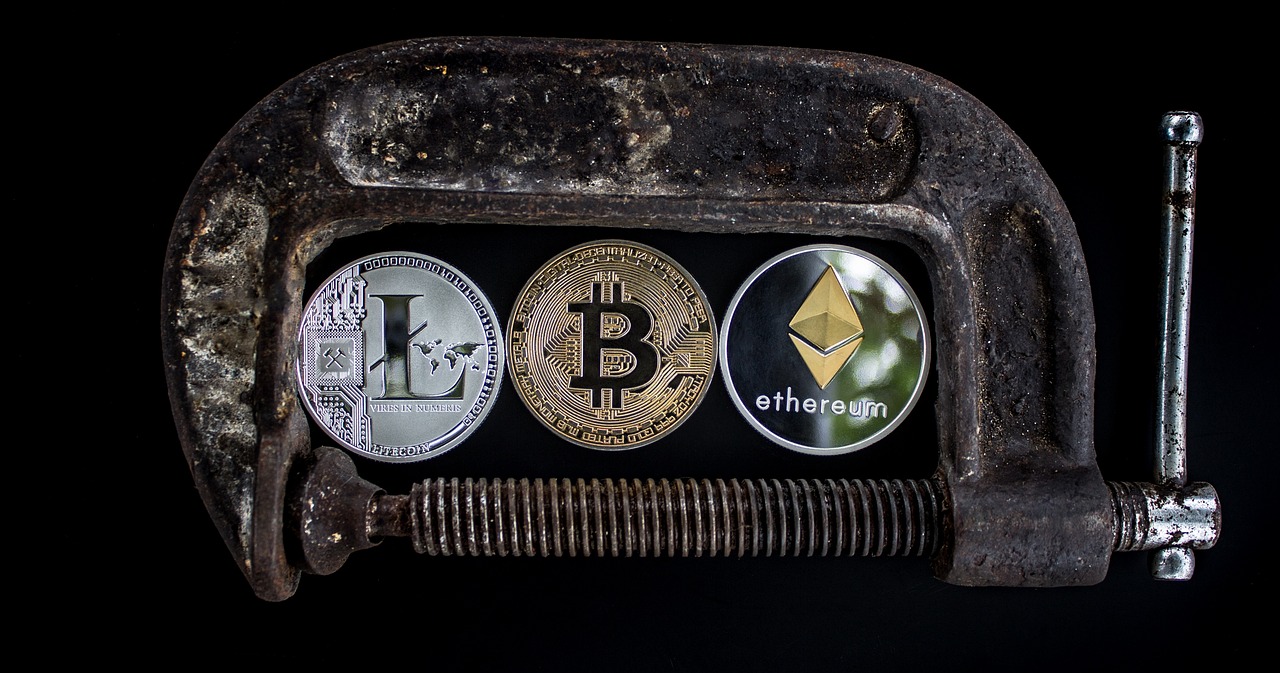
Mining and Supply
This article explores Litecoin, its features, advantages, and how it compares to Bitcoin, along with its role in the cryptocurrency market and future potential.
Litecoin is a peer-to-peer cryptocurrency created by Charlie Lee in 2011. It offers faster transaction times and a different hashing algorithm compared to Bitcoin, making it a popular alternative for users seeking efficiency.
Litecoin boasts several key features, including faster block generation times, a capped supply, and a different mining algorithm. These characteristics contribute to its appeal and usability in the cryptocurrency ecosystem.
Litecoin transactions are confirmed much faster than Bitcoin, typically within 2.5 minutes. This speed, combined with lower transaction fees, makes it an attractive option for users and merchants alike.
The quick transaction times and low fees enhance the overall user experience, encouraging more people to adopt Litecoin for everyday transactions and online purchases, thus increasing its utility in the market.
While Bitcoin transactions can take longer and incur higher fees, Litecoin's efficiency positions it as a viable alternative, particularly for smaller transactions or those requiring faster confirmations.
Litecoin uses the Scrypt algorithm for mining, which is designed to be more memory-intensive compared to Bitcoin's SHA-256. This unique approach serves a dual purpose: it makes Litecoin less susceptible to ASIC (Application-Specific Integrated Circuit) mining, which can centralize power in the hands of a few large miners. Instead, Scrypt allows for a more decentralized mining community, enabling individuals with standard hardware to participate in the mining process.
The total supply of Litecoin is capped at 84 million coins, which is four times the supply of Bitcoin. This capped supply is crucial for maintaining value over time, as it creates scarcity, much like precious metals. The distribution of Litecoin is further enhanced by the halving events that occur approximately every four years, reducing the block reward for miners and thus controlling inflation.
| Feature | Litecoin | Bitcoin |
|---|---|---|
| Mining Algorithm | Scrypt | SHA-256 |
| Block Generation Time | 2.5 minutes | 10 minutes |
| Total Supply | 84 million | 21 million |
This decentralized mining structure not only democratizes the mining process but also enhances the security of the network. As more miners join the Litecoin network, the difficulty of mining adjusts, ensuring that blocks continue to be generated at a steady pace. This creates a robust ecosystem that can withstand attacks and maintain functionality even as the network grows.
Despite being overshadowed by Bitcoin, Litecoin maintains a strong market presence. Its adoption by various platforms and merchants highlights its role as a complementary digital currency in the broader cryptocurrency landscape.
Litecoin has formed partnerships with payment processors and exchanges, facilitating its integration into various financial services. These collaborations enhance its usability and encourage wider adoption among users and businesses.
As the cryptocurrency market evolves, Litecoin's unique features and established presence suggest potential for growth. Its adaptability to changing market conditions could secure its position as a leading alternative to Bitcoin.
- What is Litecoin? Litecoin is a peer-to-peer cryptocurrency created to provide fast and low-cost transactions.
- How does Litecoin differ from Bitcoin? Litecoin has faster transaction times and a different mining algorithm, making it more efficient for smaller transactions.
- What is the maximum supply of Litecoin? The total supply of Litecoin is capped at 84 million coins.
- Can I mine Litecoin? Yes, you can mine Litecoin using standard hardware, thanks to its Scrypt algorithm.
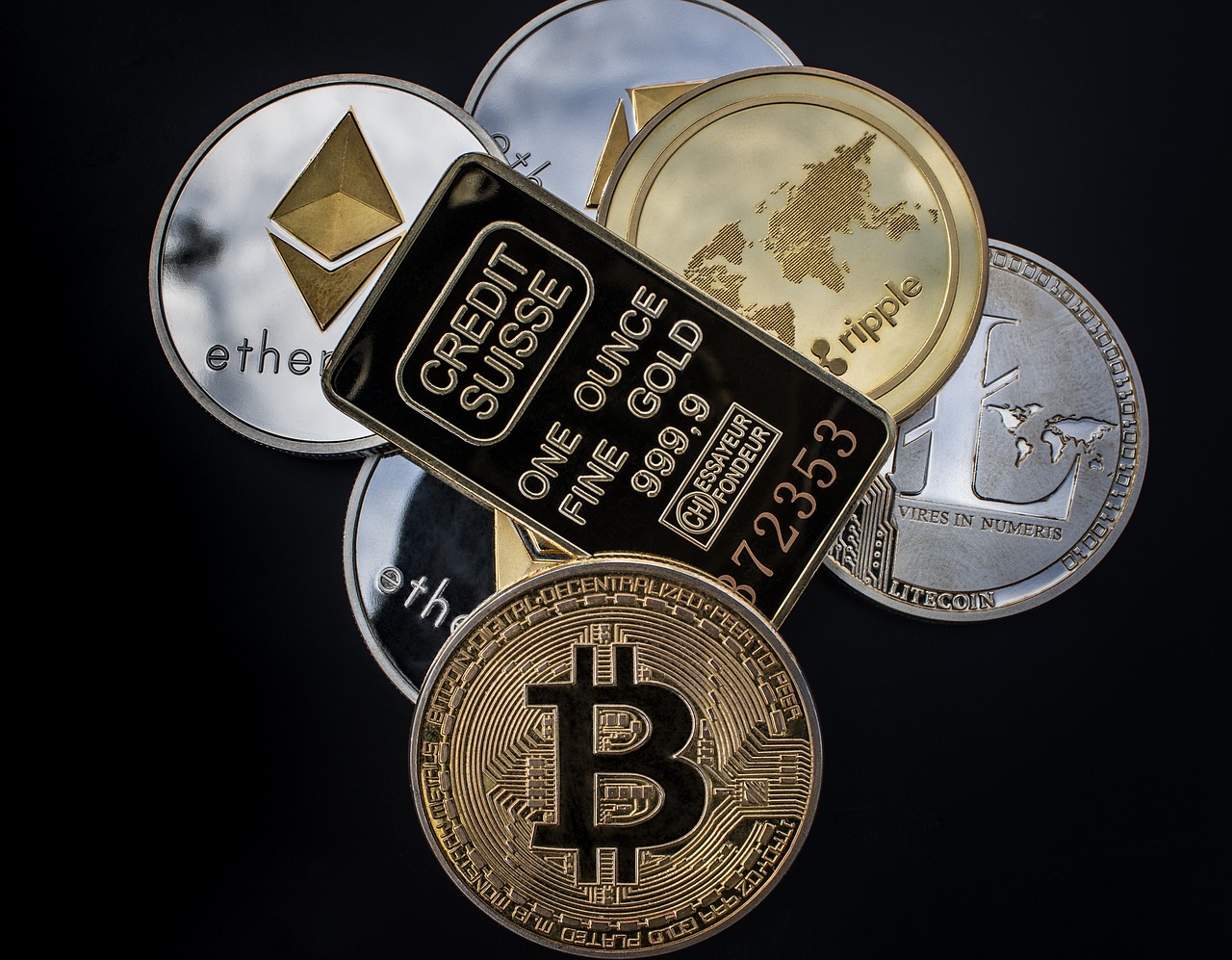
Market Position and Adoption
Litecoin has carved out a significant niche in the cryptocurrency market, often dubbed as the "silver" to Bitcoin's "gold." While it may not always grab the headlines like Bitcoin does, its market position remains robust and influential. As of now, Litecoin ranks among the top cryptocurrencies by market capitalization, a testament to its continued relevance and reliability within the digital currency ecosystem. This is particularly impressive considering the fierce competition and rapid evolution of the cryptocurrency landscape.
One of the key factors contributing to Litecoin's market position is its broad adoption across various platforms and merchants. Many online retailers and service providers accept Litecoin as a payment option, which enhances its usability and encourages more people to transact with it. For instance, platforms like Shopify and Overstock have integrated Litecoin, allowing customers to make purchases seamlessly using this cryptocurrency. This level of adoption is crucial, as it not only boosts Litecoin's visibility but also instills confidence among users and investors alike.
Moreover, Litecoin has established partnerships with several payment processors and exchanges, further solidifying its market presence. By collaborating with companies like BitPay and Coinbase, Litecoin has made it easier for users to buy, sell, and spend their coins. These partnerships not only enhance the functionality of Litecoin but also broaden its reach, enabling it to tap into new user bases and markets.
In terms of user demographics, Litecoin appeals to a diverse audience. From tech-savvy investors to everyday consumers looking for a viable alternative to traditional payment methods, Litecoin offers something for everyone. Its lower transaction fees and faster confirmation times make it particularly attractive for smaller transactions, which can be a significant advantage in a world where speed and cost efficiency are paramount.
However, it's essential to recognize that Litecoin's journey is not without challenges. The cryptocurrency market is notoriously volatile, and Litecoin faces competition from a plethora of emerging digital currencies, each vying for attention and market share. Nevertheless, Litecoin's established reputation, combined with its innovative features, positions it well for future growth. As more businesses and consumers recognize the benefits of using Litecoin, its adoption is likely to increase, reinforcing its status as a complementary currency in the broader cryptocurrency landscape.
In summary, Litecoin's market position is characterized by a strong foundation of adoption, partnerships, and user diversity. Its ability to maintain relevance in a rapidly changing environment speaks volumes about its potential for future growth. As we move forward, it will be interesting to see how Litecoin adapts to the evolving cryptocurrency market and what new opportunities arise for this resilient digital currency.
- What is Litecoin? - Litecoin is a peer-to-peer cryptocurrency created in 2011, designed for faster transactions and lower fees compared to Bitcoin.
- How does Litecoin differ from Bitcoin? - Litecoin has faster transaction times and uses a different mining algorithm (Scrypt), making it less susceptible to ASIC mining.
- Is Litecoin a good investment? - Like all cryptocurrencies, investing in Litecoin carries risks, but its established market position and usability make it an attractive option for many investors.
- Where can I use Litecoin? - Litecoin is accepted by various online retailers and service providers, including major platforms like Shopify and Overstock.
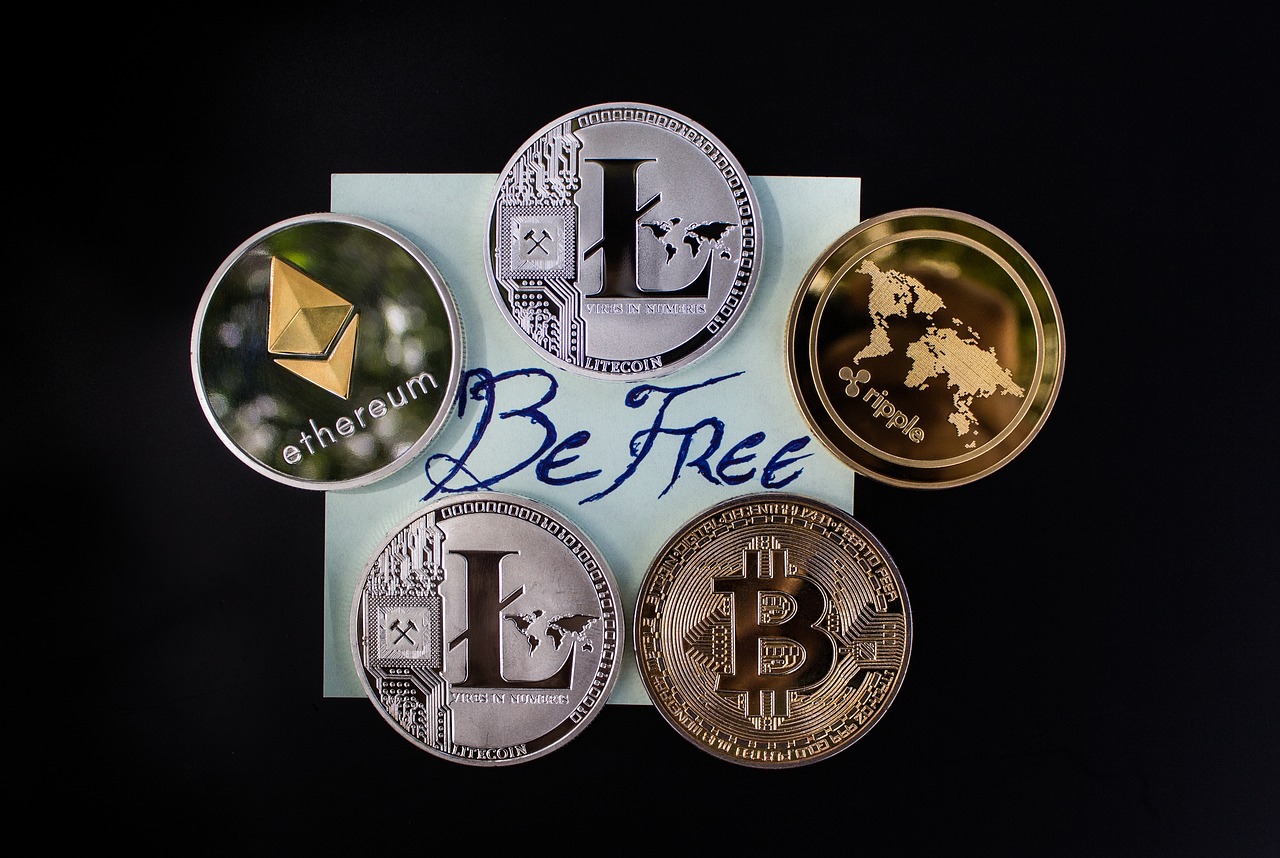
Partnerships and Integrations
Litecoin has made significant strides in establishing itself within the cryptocurrency ecosystem, particularly through strategic . By aligning with various payment processors and exchanges, Litecoin has expanded its usability, making it a more accessible option for everyday transactions. This proactive approach not only enhances the currency's credibility but also encourages broader adoption among both users and merchants.
One of the notable partnerships includes collaborations with payment processors like BitPay and CoinGate. These integrations allow merchants to accept Litecoin as a form of payment, thereby increasing its utility in real-world scenarios. Imagine walking into your favorite coffee shop and being able to pay for your latte with Litecoin; this is becoming a reality, thanks to these partnerships. The ease of use and familiarity with Litecoin can attract more businesses to consider accepting it, further fueling its growth.
Moreover, exchanges such as Binance and Kraken have also played a crucial role in promoting Litecoin. By listing it alongside major cryptocurrencies, these platforms provide users with the opportunity to trade Litecoin easily, thus increasing its liquidity and market presence. The more accessible Litecoin becomes, the more likely it is to attract new users who are eager to explore the world of cryptocurrencies.
In addition to payment processors and exchanges, Litecoin is also focusing on integrating with various financial services. For example, partnerships with companies that offer cryptocurrency wallets have made it simpler for users to store and manage their Litecoin holdings. This integration is crucial, as it enhances user experience and builds trust in the currency. When users feel secure and confident in managing their assets, they are more likely to engage with the cryptocurrency actively.
Looking ahead, the potential for further partnerships is vast. As the cryptocurrency landscape continues to evolve, Litecoin's ability to adapt and integrate with emerging technologies and services will be key to its sustained growth. The flexibility shown by Litecoin in forming these collaborations positions it as a solid contender in the ever-competitive market of digital currencies.
- What is Litecoin? - Litecoin is a peer-to-peer cryptocurrency created in 2011, known for its faster transaction times compared to Bitcoin.
- How does Litecoin differ from Bitcoin? - Litecoin has faster block generation times and lower transaction fees, making it more efficient for smaller transactions.
- Why are partnerships important for Litecoin? - Partnerships enhance Litecoin's usability, increase its market presence, and encourage wider adoption among users and businesses.
- Can I use Litecoin for everyday purchases? - Yes, many merchants accept Litecoin, especially those integrated with payment processors like BitPay and CoinGate.
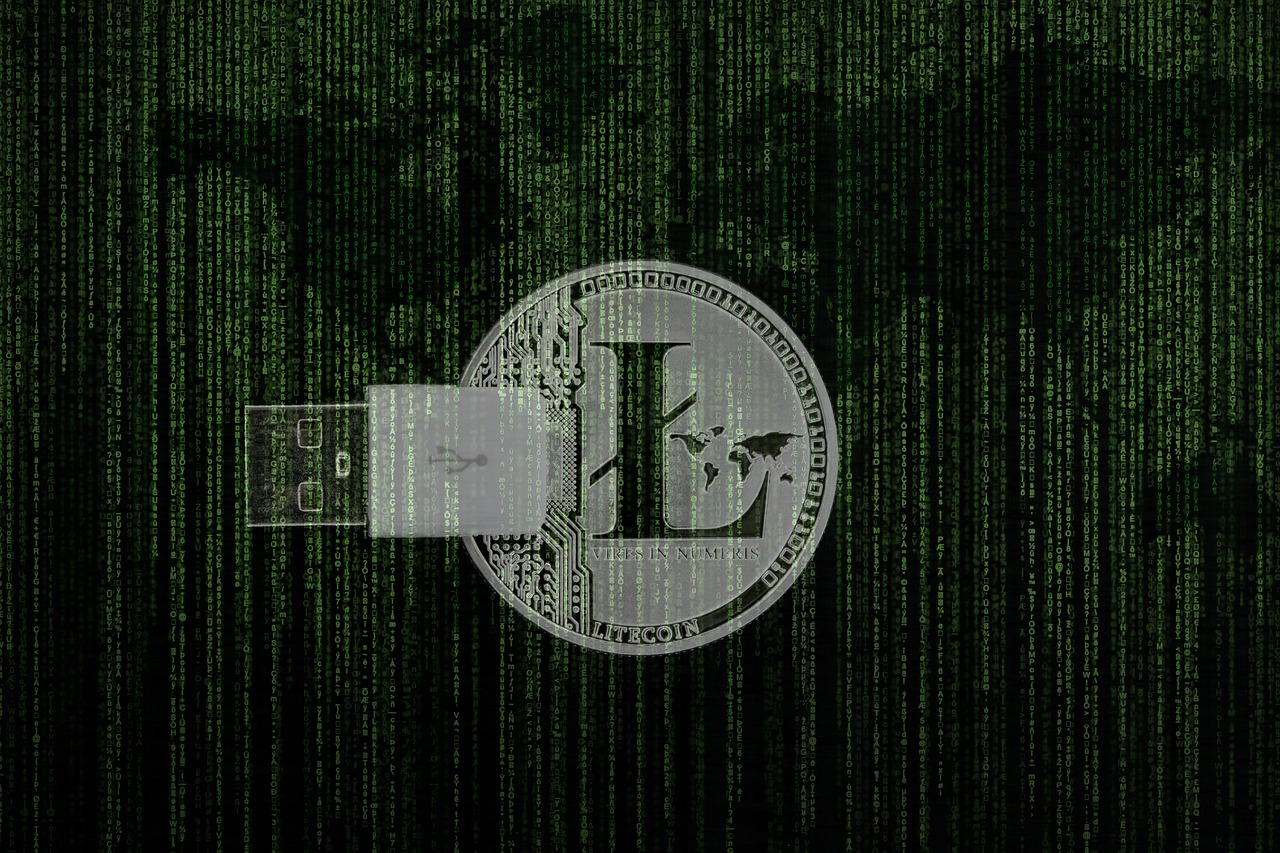
Future Potential
As the cryptocurrency market continues to evolve, Litecoin stands at a fascinating crossroads, showcasing a unique blend of resilience and adaptability. With its innovative features and established presence, Litecoin is not just a sidekick to Bitcoin; it has the potential to carve out its own niche in the digital currency landscape. The ongoing development of blockchain technology and increasing interest in cryptocurrencies suggest that Litecoin could see significant growth in the coming years.
One of the most compelling aspects of Litecoin's future is its ability to adapt. The cryptocurrency market is notorious for its volatility, and as new technologies emerge, Litecoin's development team has shown a commitment to enhancing the network's capabilities. For instance, the integration of the Lightning Network could drastically improve transaction speeds and reduce fees even further, making Litecoin an even more attractive option for everyday transactions.
Moreover, the growing acceptance of cryptocurrencies in mainstream finance could bolster Litecoin's position. As more merchants and businesses begin to accept Litecoin as a form of payment, its utility will undoubtedly increase. This could lead to a virtuous cycle where increased usage drives further adoption, making Litecoin a staple in the cryptocurrency ecosystem.
Furthermore, Litecoin's partnerships with payment processors and exchanges play a crucial role in its future potential. These collaborations not only enhance its usability but also create a network effect that could propel Litecoin to new heights. For example, partnerships with major financial institutions and payment gateways will likely increase trust and legitimacy, encouraging more users to adopt Litecoin for their transactions.
In summary, while Litecoin may not have the same level of recognition as Bitcoin, its unique features and commitment to innovation position it as a formidable player in the cryptocurrency space. As the market continues to mature, Litecoin's ability to adapt and grow could very well secure its place as a leading alternative to Bitcoin, offering users a reliable and efficient means of conducting transactions.
- What is Litecoin? Litecoin is a peer-to-peer cryptocurrency created by Charlie Lee in 2011, designed to provide faster transaction times and lower fees compared to Bitcoin.
- How does Litecoin compare to Bitcoin? Litecoin offers quicker transaction confirmations and lower fees, making it an appealing alternative for smaller transactions.
- What is the future of Litecoin? With its adaptability and growing acceptance, Litecoin has the potential for significant growth in the evolving cryptocurrency market.
- What is the Scrypt algorithm? Scrypt is a memory-intensive mining algorithm used by Litecoin, which helps maintain a more decentralized mining community.
Frequently Asked Questions
- What is Litecoin?
Litecoin is a peer-to-peer cryptocurrency created by Charlie Lee in 2011. It is often referred to as the "silver" to Bitcoin's "gold," offering a faster and more efficient alternative for transactions.
- How does Litecoin differ from Bitcoin?
Litecoin features faster transaction times, typically confirming transactions in just 2.5 minutes, compared to Bitcoin's longer confirmation times. Additionally, Litecoin uses a different mining algorithm called Scrypt, which is designed to be less susceptible to ASIC mining.
- What are the transaction fees for Litecoin?
Litecoin generally has lower transaction fees compared to Bitcoin. This makes it an attractive option for users and merchants looking to minimize costs, especially for smaller transactions.
- Is Litecoin a good investment?
Like any cryptocurrency, investing in Litecoin carries risks. However, its established presence in the market, faster transaction speeds, and ongoing partnerships suggest it may have potential for growth in the future.
- Can I use Litecoin for everyday purchases?
Absolutely! Many merchants and online platforms accept Litecoin, making it a viable option for everyday transactions. Its speed and low fees enhance the user experience, encouraging more people to use it for purchases.
- What is the maximum supply of Litecoin?
Litecoin has a capped supply of 84 million coins, which is four times the maximum supply of Bitcoin. This limited supply contributes to its value proposition in the cryptocurrency market.
- How can I buy Litecoin?
You can purchase Litecoin through various cryptocurrency exchanges, such as Coinbase, Binance, or Kraken. Additionally, some platforms allow you to buy Litecoin directly with a credit card or bank transfer.
- What are the advantages of using Litecoin?
Some advantages of using Litecoin include faster transaction times, lower fees, and a more decentralized mining process. These features make it an appealing option for users looking for efficient cryptocurrency solutions.
- Is Litecoin safe to use?
Litecoin is generally considered safe to use, especially when you follow best practices for securing your wallet and private keys. However, always be cautious and do your research before engaging in any cryptocurrency transactions.
- What is the future potential of Litecoin?
As the cryptocurrency market continues to evolve, Litecoin's unique features and established presence suggest it could maintain its position as a leading alternative to Bitcoin, especially for smaller transactions or those requiring faster confirmations.




